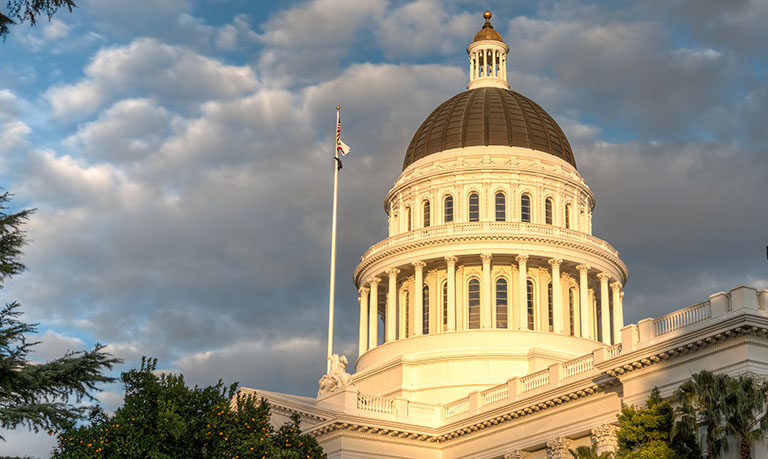This was a busy year for water policy in the California Legislature. Governor Jerry Brown signed more than a dozen bills affecting the way we manage water. The bills cover a wide range of issues, from funding water infrastructure to reporting on new groundwater wells in overdrafted basins.
Paying for water emerged as a major theme in this year’s crop of water bills. Here’s a summary of newly signed bills:
- Stormwater: SB 231 gives the courts guidance on how to interpret Proposition 218, which requires that a majority of landowners or a two-thirds majority of all local voters approve new stormwater drainage fees—making it difficult for agencies to pay for needed improvements to their systems. SB 231 defines stormwater as part of the sewer system. This puts stormwater services on par with water, sewer, and trash collection, none of which are subject to direct voter approval of new fees. If the courts uphold SB 231’s interpretation, this will give stormwater agencies more flexibility to raise funds.
- Safe drinking water: AB 560 and AB 339 expand funding options for projects that enhance drinking water quality in poor communities and meet emergency water supply needs. AB 560 will make it easier for some disadvantaged communities to access grants and get more affordable terms on loans for safe drinking water projects through the Drinking Water State Revolving Fund. And AB 339 makes permanent a temporary authorization to use the State Cleanup and Abatement Account for emergency drinking water supply problems such as shortages or impaired quality.
- Water and parks bond: SB 5 (the California Drought, Water, Parks, Climate, Coastal Protection, and Outdoor Access for All Act of 2018) is a $4 billion general obligation bond for improving outdoor open spaces and parks, protecting rivers and coastlines, and supporting solutions to a range of other water management issues such as groundwater sustainability and flood protection. This will go before voters in June 2018.
Two bills improve water use accounting:
- AB 589 creates standards for water use measurement techniques. This addresses the relatively recent requirement that surface water diverters measure and report water use to the state.
- SB 252 specifies types of information that groundwater users must report to their local jurisdictions when they apply to dig new wells in critically overdrafted basins. Reporting includes characteristics such as well location and depth, distance from surface water areas, estimated volume to be pumped, and category of use. The bill, which sunsets on January 30, 2020, is aimed at filling a critical data gap until groundwater sustainability plans are adopted under the Sustainable Groundwater Management Act.
Other pending water policies that did not make it to the governor’s desk this year are likely to return in 2018. To pay for safe drinking water projects in disadvantaged communities, SB 623 would create a Safe and Affordable Drinking Water Fund, to be funded by fees on agricultural chemicals and urban water use. And AB 1668 (in conjunction with SB 606) would authorize state agencies to establish long-term urban water use efficiency standards. The bill also proposes additional components to agricultural water management planning and reporting. SB 606 proposes changes to urban water shortage planning policies.
The new laws are designed to improve access to funding and strengthen existing tools for improving the way California manages water. We will keep track of updates and new proposals in 2018.
Read California’s Water: Paying for Water (from the California’s Water briefing kit)
Read the report Accounting for California’s Water
Visit the PPIC Water Policy Center



